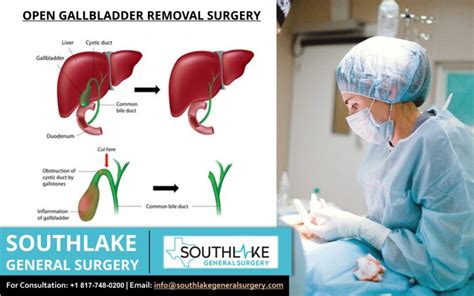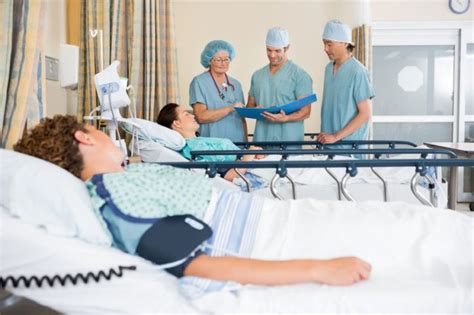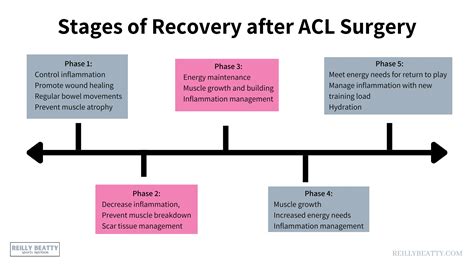Intro
Discover a comprehensive Gall Bladder Removal Recovery Guide, covering post-operative care, diet, and lifestyle changes for a smooth cholecystectomy recovery, alleviating symptoms and promoting overall well-being.
The gallbladder is a small, pear-shaped organ located under the liver, responsible for storing bile, a digestive fluid that helps break down fats. However, when the gallbladder becomes diseased or inflamed, it may need to be removed, a surgical procedure known as a cholecystectomy. Recovery from gallbladder removal surgery can vary depending on the individual and the type of surgery performed. In this article, we will delve into the world of gallbladder removal recovery, providing a comprehensive guide to help individuals navigate the healing process.
Recovery from gallbladder removal surgery is a critical aspect of the overall treatment process. A smooth and successful recovery can significantly impact an individual's quality of life, allowing them to return to their normal activities and routines sooner. With the advancement of medical technology and surgical techniques, gallbladder removal surgery has become a relatively common and safe procedure. However, it is essential to understand the recovery process, including the potential risks and complications, to ensure a speedy and comfortable healing journey.
The recovery process from gallbladder removal surgery typically begins immediately after the procedure, with the individual being taken to the recovery room for monitoring and care. The initial recovery period can last several hours, during which time the individual may experience pain, discomfort, and fatigue. As the anesthesia wears off, the individual may start to feel more alert and aware of their surroundings. It is crucial to follow the surgeon's instructions and guidance during this period to ensure a smooth and successful recovery.
Gallbladder Removal Surgery Overview

Types of Gallbladder Removal Surgery
The type of surgery performed can significantly impact the recovery process. Laparoscopic cholecystectomy is generally considered a safer and more effective procedure, with fewer complications and a shorter hospital stay. However, open cholecystectomy may be necessary in certain situations, such as when the gallbladder is severely inflamed or when the individual has a history of abdominal surgery.Post-Operative Care and Recovery

Managing Pain and Discomfort
Pain and discomfort are common symptoms after gallbladder removal surgery. The individual may experience pain in the upper right abdomen, shoulder, or back, which can be managed with medication. It is essential to follow the surgeon's instructions regarding pain management and to report any severe or persistent pain.Recovery Timeline

- Immediate recovery: The first few hours after surgery, during which the individual may experience pain, discomfort, and fatigue.
- Short-term recovery: The first few days after surgery, during which the individual may need to stay in the hospital and receive post-operative care.
- Medium-term recovery: The first few weeks after surgery, during which the individual may need to rest and avoid strenuous activities.
- Long-term recovery: The several months after surgery, during which the individual can return to their normal activities and routines.
Returning to Normal Activities
Returning to normal activities and routines is an essential aspect of the recovery process. Individuals can expect to return to their normal activities within several weeks, depending on the type of surgery performed and their overall health. It is essential to follow the surgeon's instructions and guidance during this period to ensure a smooth and successful recovery.Nutrition and Diet

Food to Eat and Avoid
There are certain foods that individuals should eat and avoid during the recovery process. Foods that are high in fat, such as fried foods and fatty meats, can be difficult to digest and may cause discomfort. On the other hand, foods that are high in fiber, such as fruits and vegetables, can help support the digestive system and promote healing.Complications and Risks

Minimizing the Risk of Complications
Minimizing the risk of complications is an essential aspect of the recovery process. Individuals can minimize the risk of complications by following the surgeon's instructions and guidance, taking medication as directed, and attending follow-up appointments.Follow-Up Care

Importance of Follow-Up Appointments
Follow-up appointments are essential to ensure a smooth and successful recovery. Individuals should attend all scheduled follow-up appointments and report any concerns or complications to their surgeon. Follow-up care can help minimize the risk of complications and promote healing.What are the symptoms of gallbladder disease?
+The symptoms of gallbladder disease can include abdominal pain, nausea, vomiting, and fever. In severe cases, individuals may experience jaundice, dark urine, and pale stools.
How long does it take to recover from gallbladder removal surgery?
+The recovery time for gallbladder removal surgery can vary depending on the individual and the type of surgery performed. Generally, individuals can expect to return to their normal activities and routines within several weeks.
What are the potential complications of gallbladder removal surgery?
+The potential complications of gallbladder removal surgery can include infection, bleeding, and adhesions. Individuals may also experience digestive problems, such as diarrhea and constipation, after surgery.
In conclusion, gallbladder removal recovery is a critical aspect of the overall treatment process. By understanding the recovery process, including the potential risks and complications, individuals can take steps to ensure a smooth and successful recovery. If you or a loved one is facing gallbladder removal surgery, it is essential to follow the surgeon's instructions and guidance to minimize the risk of complications and promote healing. We invite you to share your experiences and ask questions in the comments section below. Additionally, please share this article with others who may be facing gallbladder removal surgery to help them navigate the recovery process.
